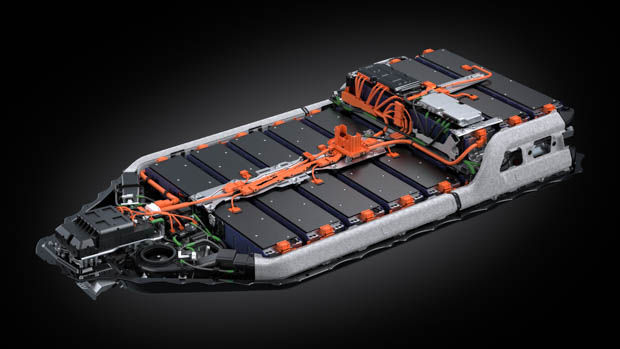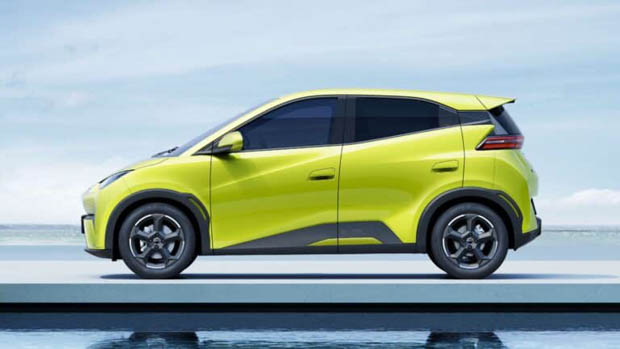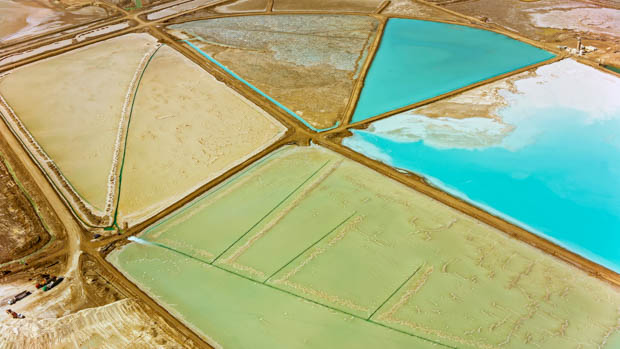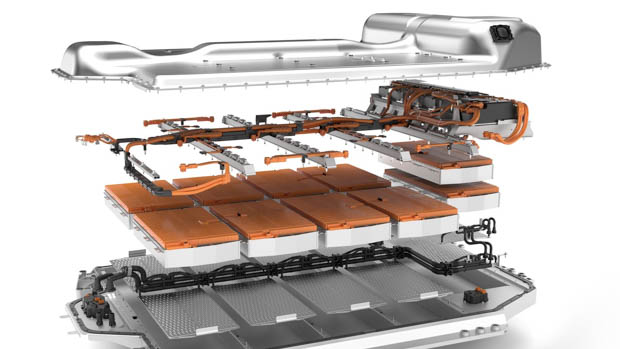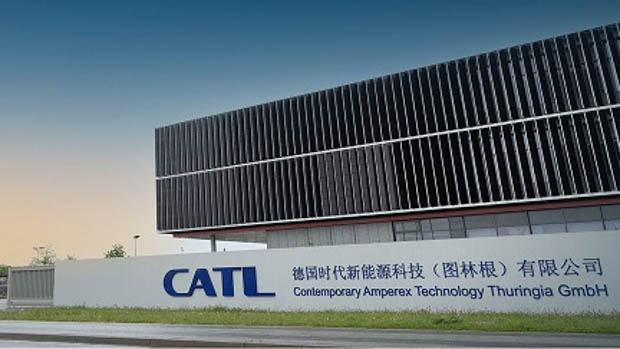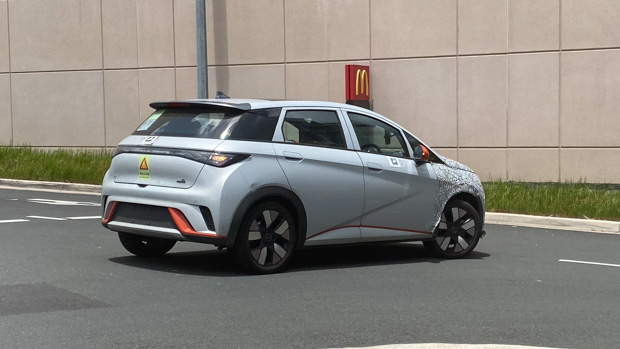-
Car Reviews
- Car News
-
Car Comparisons
Latest comparisons
- Chasing Deals
Replacing lithium with sodium could make batteries cheaper, more efficient and capable of working at lower temperatures for longer
Chinese automotive giants BYD and Chery are planning to introduce sodium-ion batteries into their cars during 2023, and it could greatly shake up the current lithium-ion industry.
Set to power the upcoming Dolphin hatch and new Seagull small car models, sodium-ion batteries claim to be more efficient, work better at lower temperatures and are cheaper to make than lithium-ion equivalents.
Let’s take a look at this new type of battery and see how it compares to the much more common lithium-powered batteries.
Sodium-ion batteries work much like lithium-ion batteries, except, you guessed it, they feature sodium in the place of lithium.
The working principles of a sodium-ion battery are very similar to that of a lithium-ion battery, which we have covered in detail here.
The big difference between the two, however, is the cost of materials to make the batteries.
The price of sodium, as of 17 April 2023, is sitting at around USD$2.57 (AUD$3.83) per kilogram, or just three percent of what lithium currently costs (estimated at USD$81/kilogram, or AUD$120/kilogram).
Massive battery savings could therefore be possible with sodium-ion technologies.
Another source states that sodium-ion batteries could cost around USD$40-77/kWh, whereas lithium-ion sits currently at around USD$138/kWh (AUD$205/kWh).
Sodium is the fourth most abundant element on Earth, whereas lithium is much less so. The Volkswagen Group estimates that the total global reserve of lithium sits at around 14 million tonnes.
That sounds like a lot, but not when compared to the approximate 25 billion tonnes of sodium sitting under the Earth’s surface.
The key benefits of sodium-ion over lithium-ion include:
Chery is set to be one of the first automakers to use CATL’s new sodium-ion battery packs, possibly beating rival BYD at their own game.
CATL announced its first-generation sodium-ion battery back in July 2021, with the new batteries set to launch sometime in 2023.
It will need to battle competitors such as Hina Battery Technology Limited who are also developing sodium-ion batteries.
It’s unclear which vehicles will gain the new battery technology, but for BYD, it’s likely to be the new Dolphin and Seagull models that have been confirmed for an initial release in China.
The Seagull is set to use a small 30kWh battery pack with sodium-ion power confirmed.
Latest news
About Chasing cars
Chasing Cars reviews are 100% independent.
Because we are powered by Budget Direct Insurance, we don’t receive advertising or sales revenue from car manufacturers.
We’re truly independent – giving you Australia’s best car reviews.
